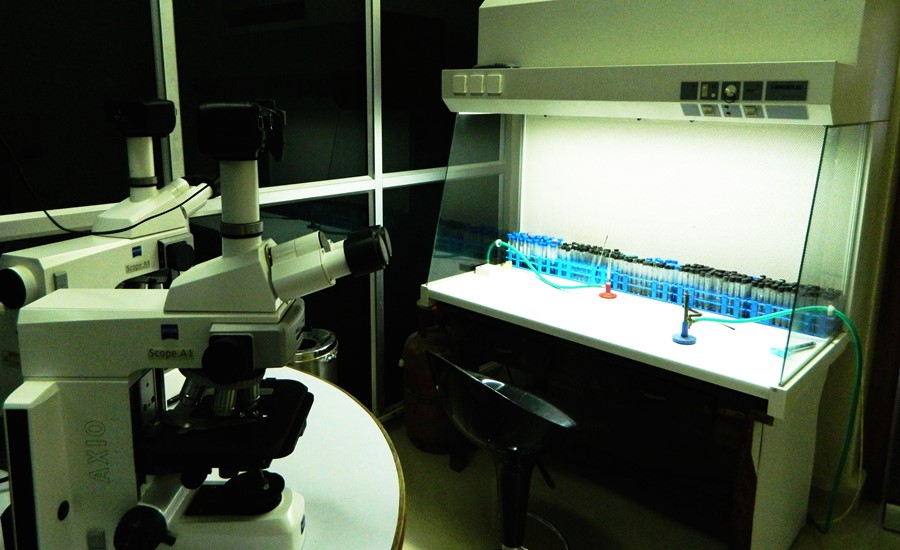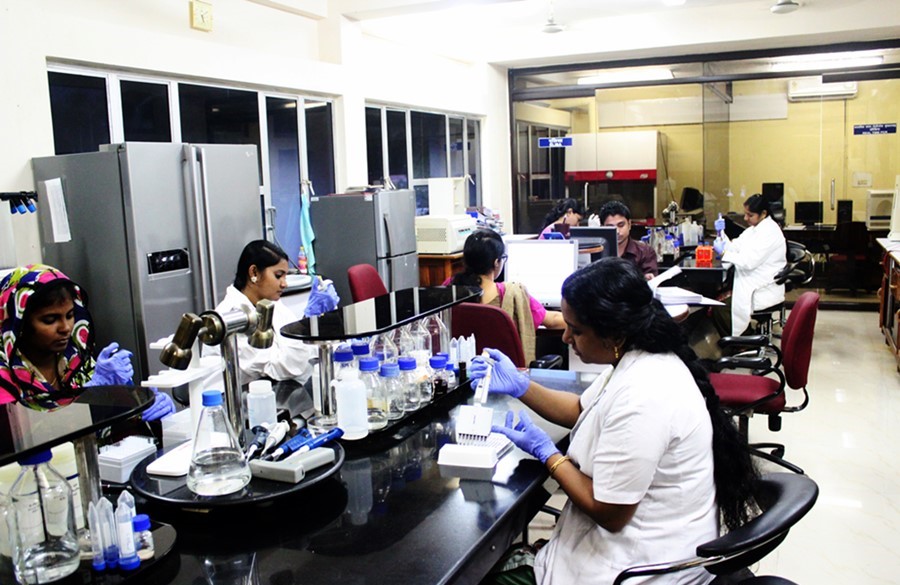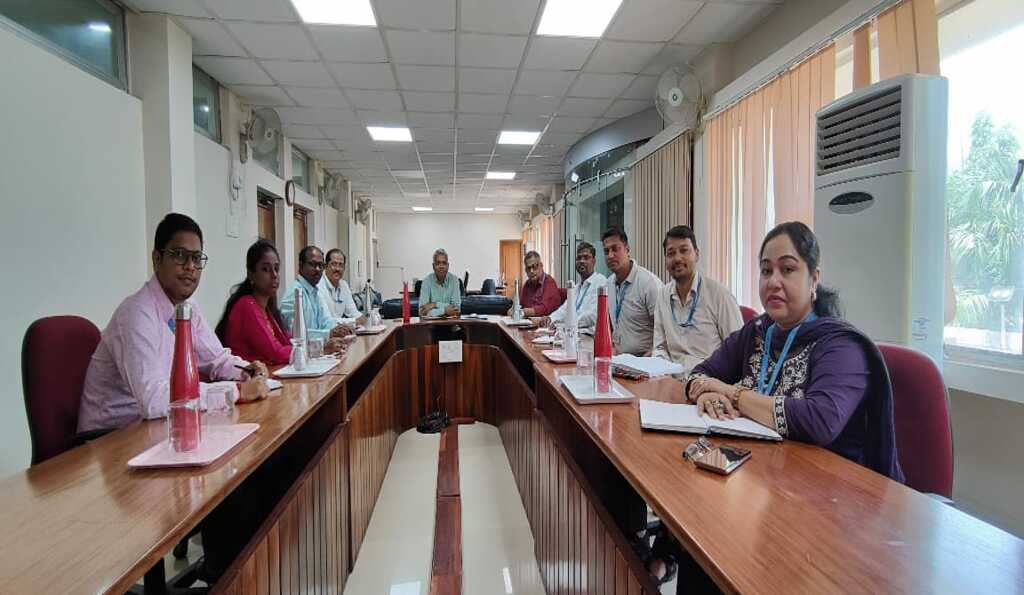Begining of the Centre and its development
The Centre was established on 1st of April 1983 with the mandate to conduct biomedical research on communicable and non-communicable diseases prevalent in Andaman and Nicobar Islands with special emphasis on the health problems of the indigenous tribes and to develop technical manpower locally. A field station of the National Institute of Cholera and Enteric Diseases (NICED), Kolkata was functioning at Port Blair until 1983, when it was merged with the RMRC. The Centre started functioning in a rented building in Farzand Ali Market at Aberdeen Bazar, Port Blair. The Centre at that time had minimum laboratory facilities for clinical research.

RMRC in early days

New Building
Permanent building
The necessity for the Centre to have its own building was soon recognized. The Andaman and Nicobar Administration was approached for allotment of land and subsequently land was allotted at Dollygunj. The foundation stone for the new office-cum-laboratory complex of the Centre was laid by the then Lt. Governor of Andaman and Nicobar Islands, Shri Vakkom Purushothaman on 23 December 1993 and the construction began in 1994. The construction of the building was completed in 1997 and it was inaugurated by the then Lt. Governor, Shri I.P. Gupta on 27 March 1997. From then onwards, the Centre has been functioning from this office-cum-laboratory complex at Dollygunj.

Diarrhoeal Diseases Division
Development of laboratories
Thrust areas of research were identified in 1994. Leptospirosis was identified as one of the important thrust areas of research for the centre. By mid 2000, the activities of the Centre had expanded substantially. Facilities for DNA sequencing and Flow Cytometry were also developed.

Flow Cytometer
Leptospirosis Reference Laboratory
Once the etiology of Andaman Haemorrhagic Fever was identified as leptospirosis and subsequent community-based and hospital studies showed high endemicity and incidence of the disease among the population of Andaman Islands, the Centre initiated efforts to develop a leptospirosis diagnostic and research laboratory. It started with standardizing culture methods for maintaining reference strains and isolates by propagation in serial cultures. Then serological methods including the gold standard test, microscopic agglutination test (MAT) and IgM ELISA were standardized. By late 1990s, the Centre established facilities for serologic characterization of leptospiral isolates, for the first time in the country. In early 2000s the laboratories were further strengthened to enable molecular characterization of isolates. Later advanced facilities including automated gene sequencing facilities were added to facilitate emerging and highly reproducible typing methods such as multi-locus sequence typing of leptospires. Parallel to this, facilities for other aspects of leptospirosis research such as proteomics, animal models for pathogenesis, immune response including cytokine response, animal host specificity, survival ability in environments etc. were added. At present the Centre has one of the most advanced leptospirosis research laboratory in the world. To facilitate basic and applied research on leptospirosis and to support such research in other institutions in the country a National Leptospirosis Repository was also set up. The repository now has an inventory of more than 500 leptospiral strains including reference strains of almost all serovars, isolates from human cases, and various species of animals and environment. Recognizing the capabilities, facilities and expertise acquired by the Centre in the field of leptospirosis research, it was designated as the National Leptospirosis Reference Centre in 1999 and as WHO Collaborating Centre for Leptospirosis in 2004.

Leptospirosis Laboratory

Central Laboratory





